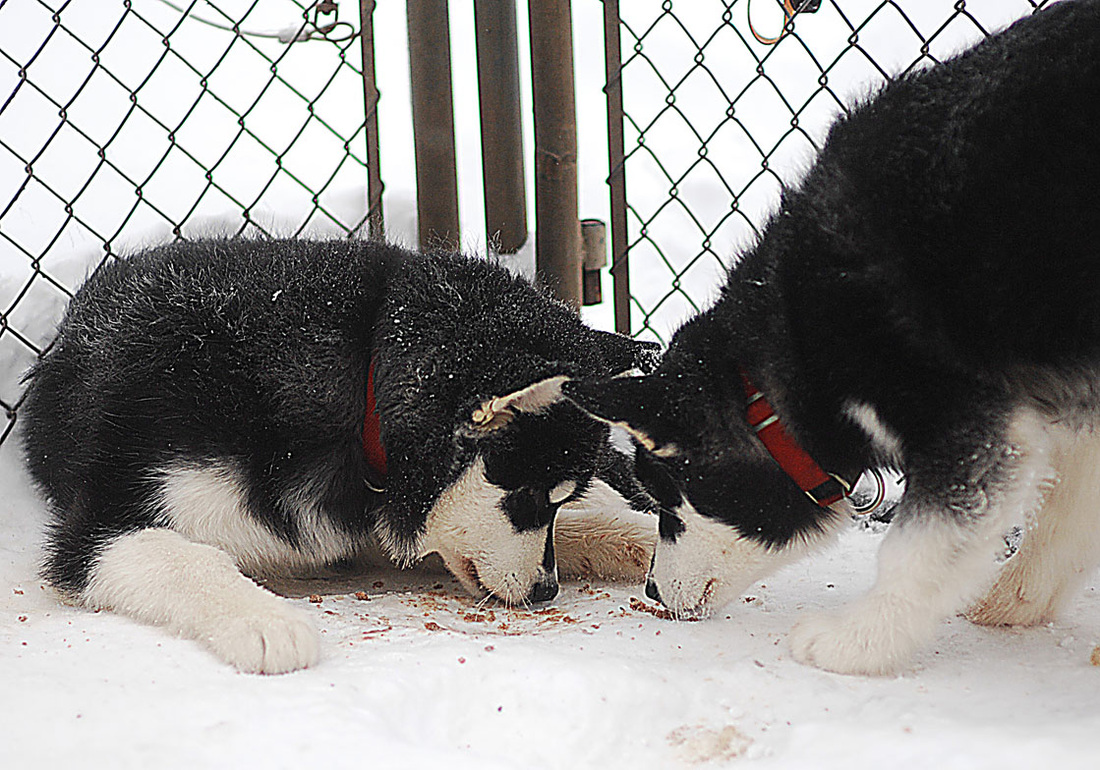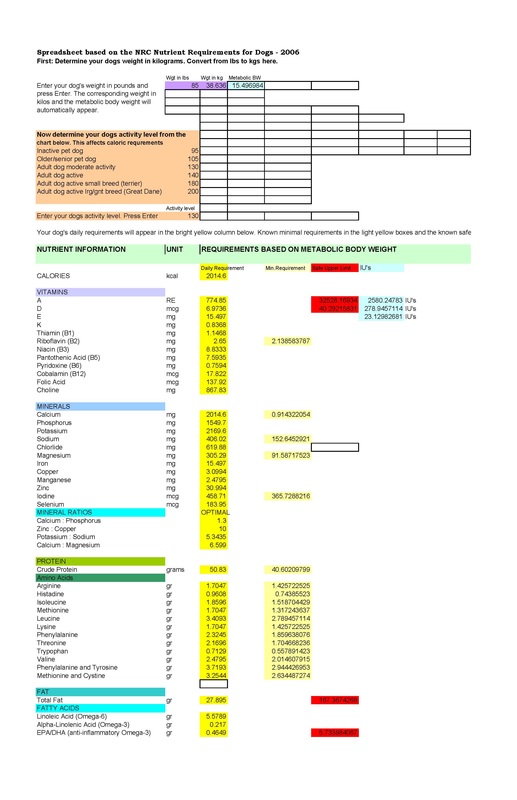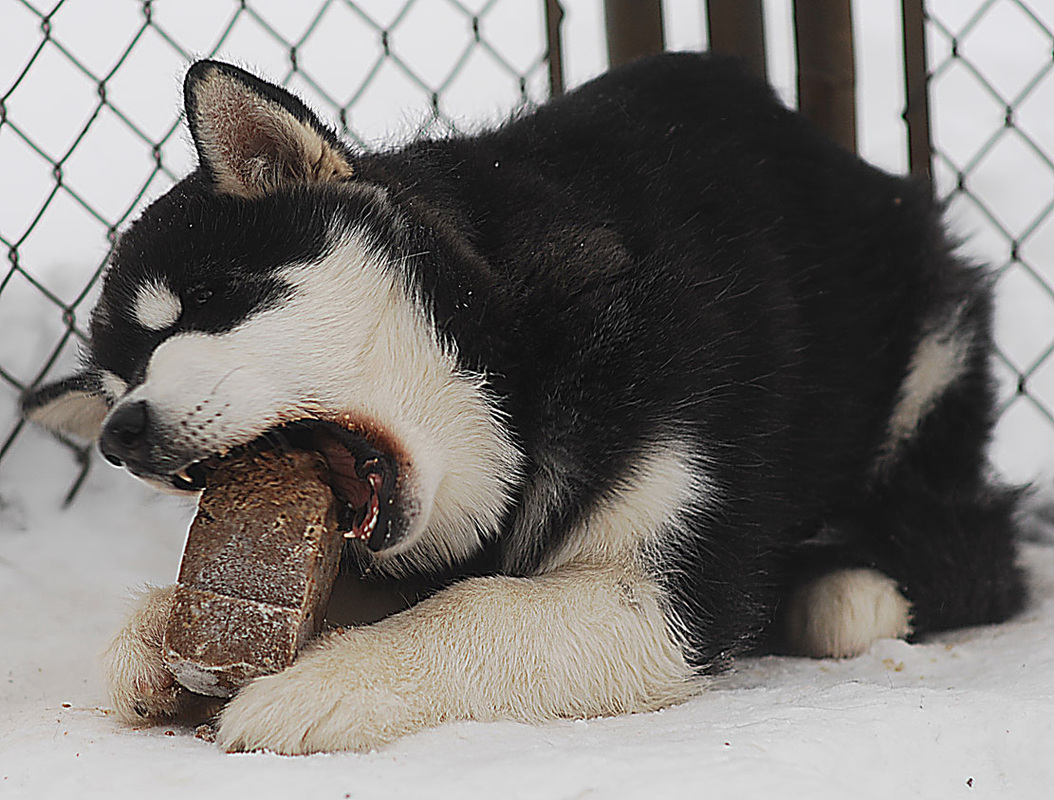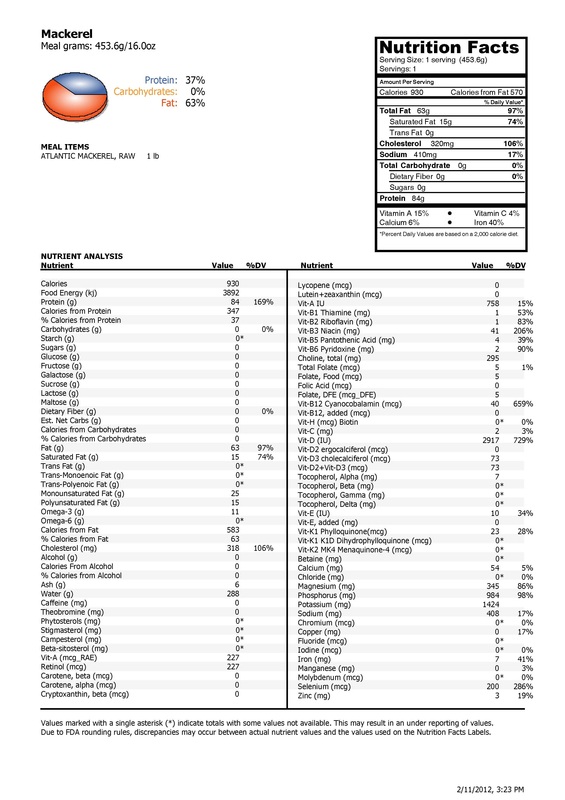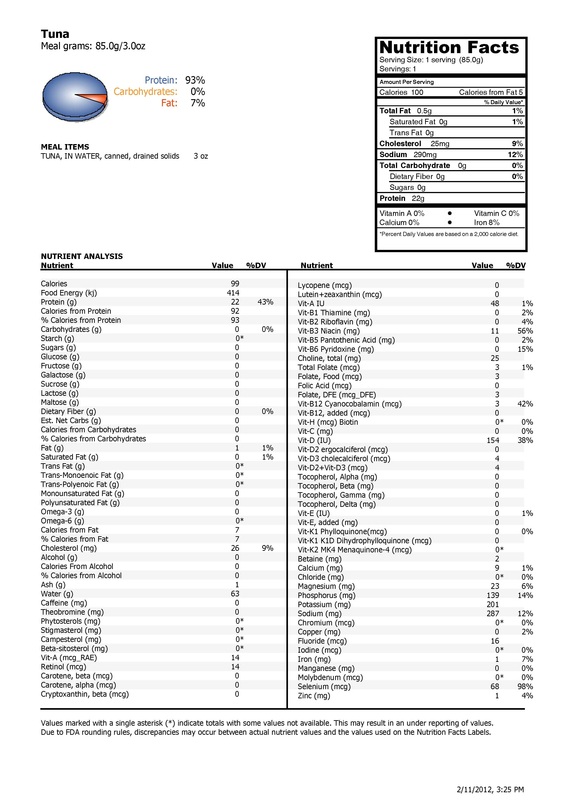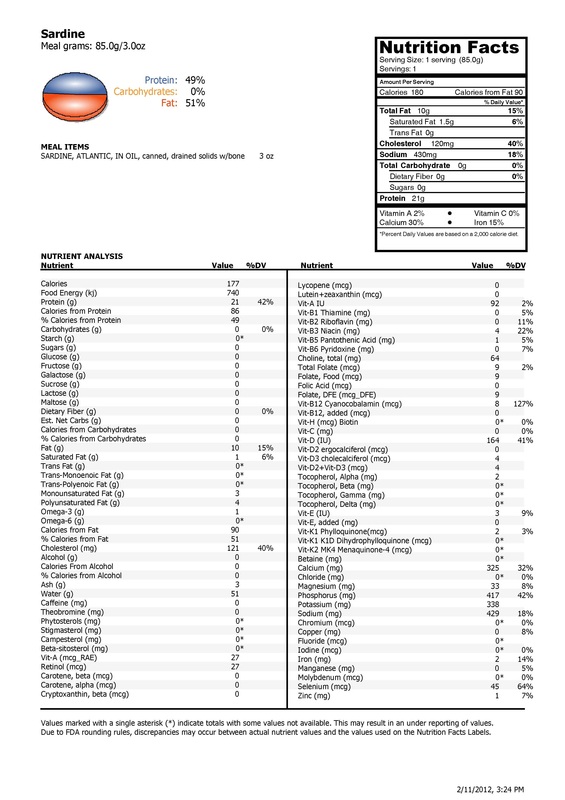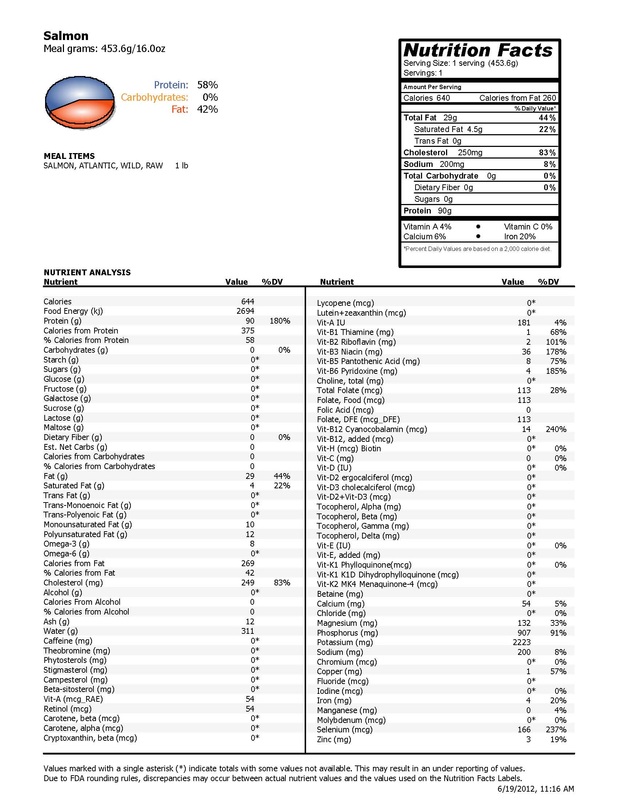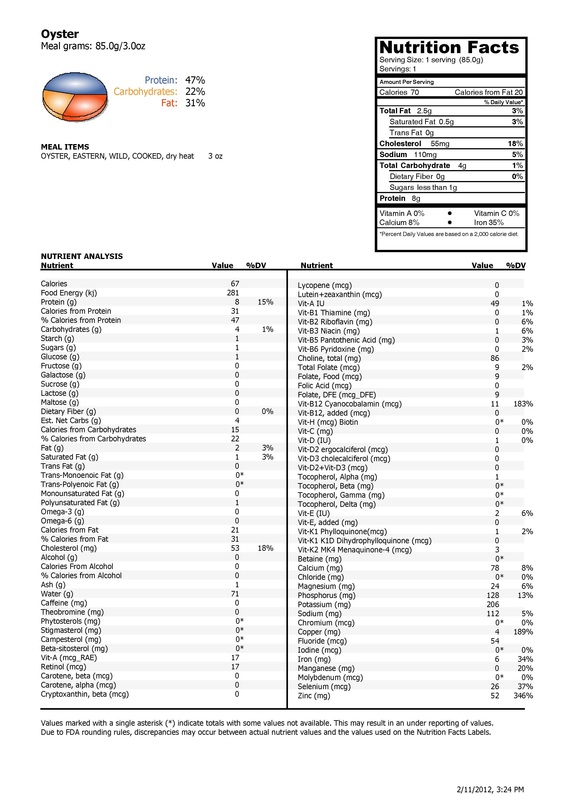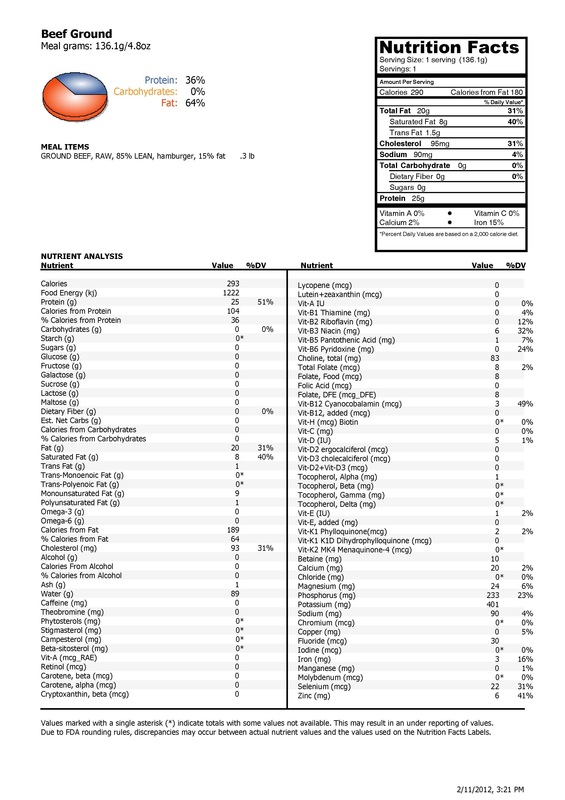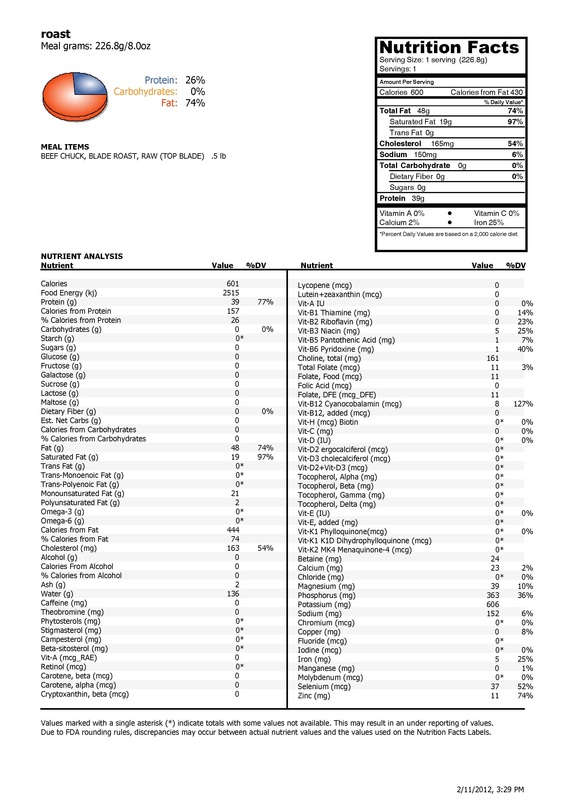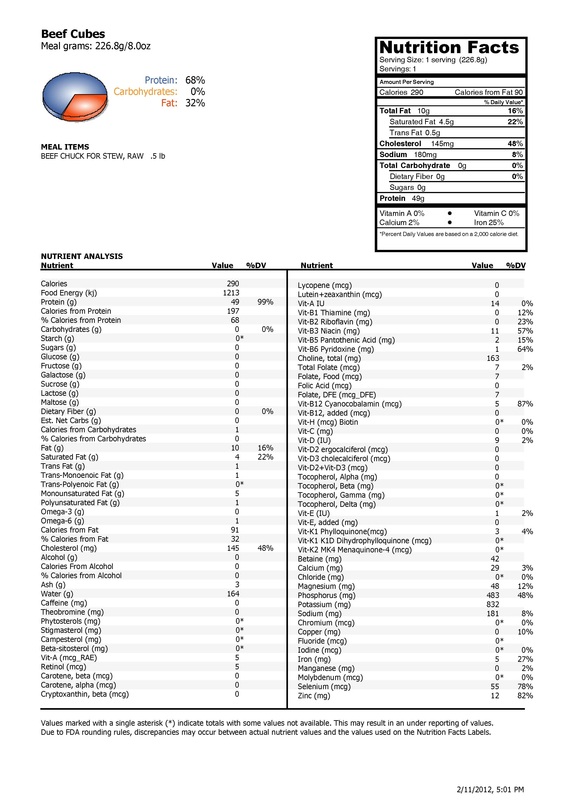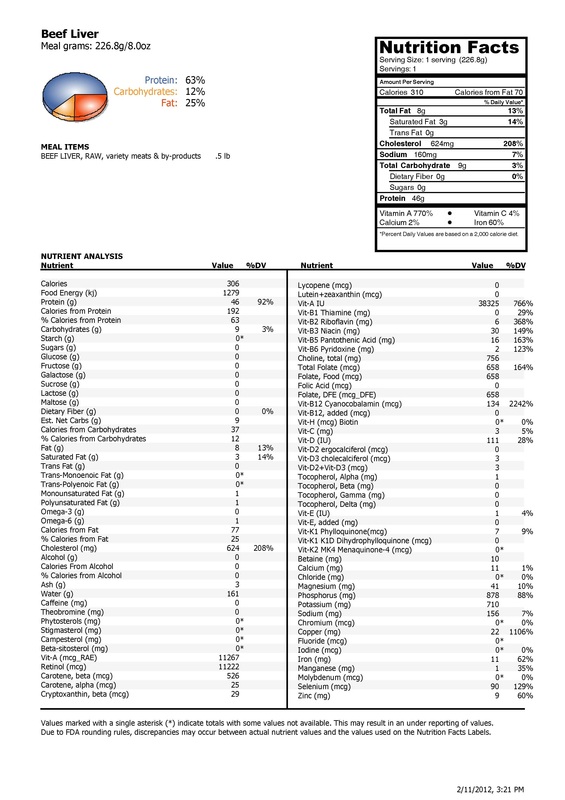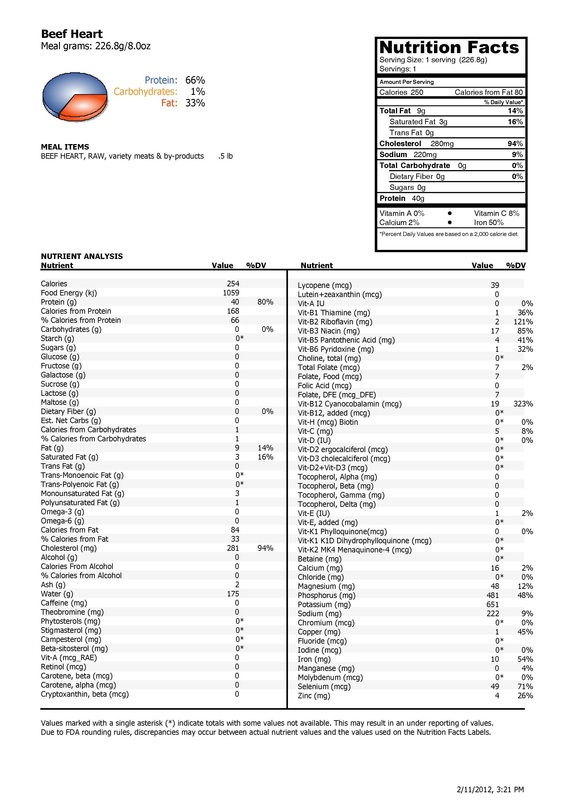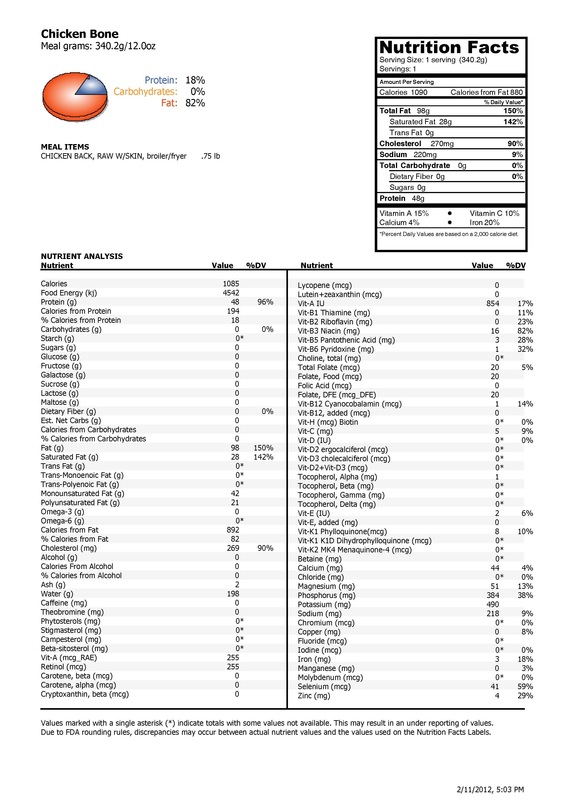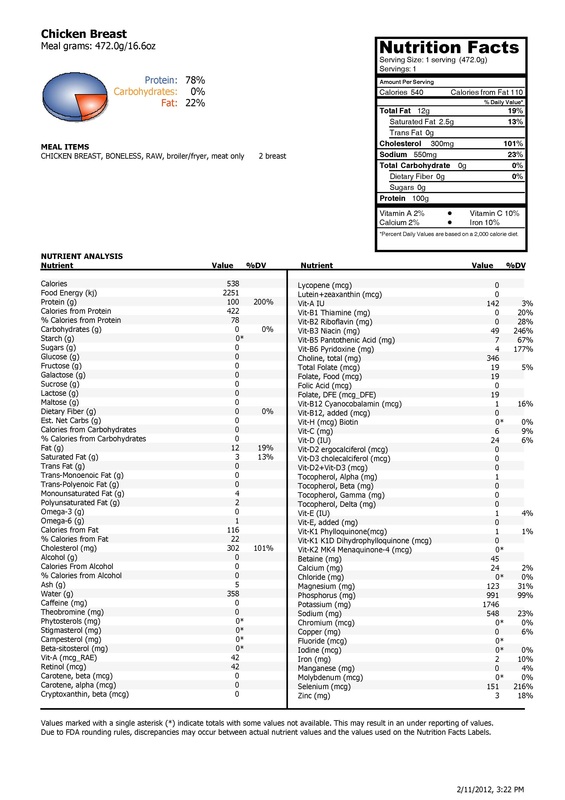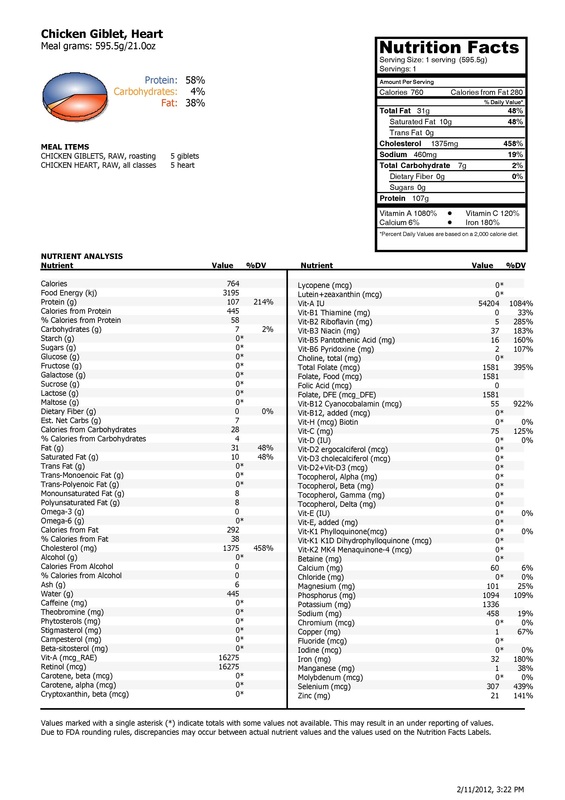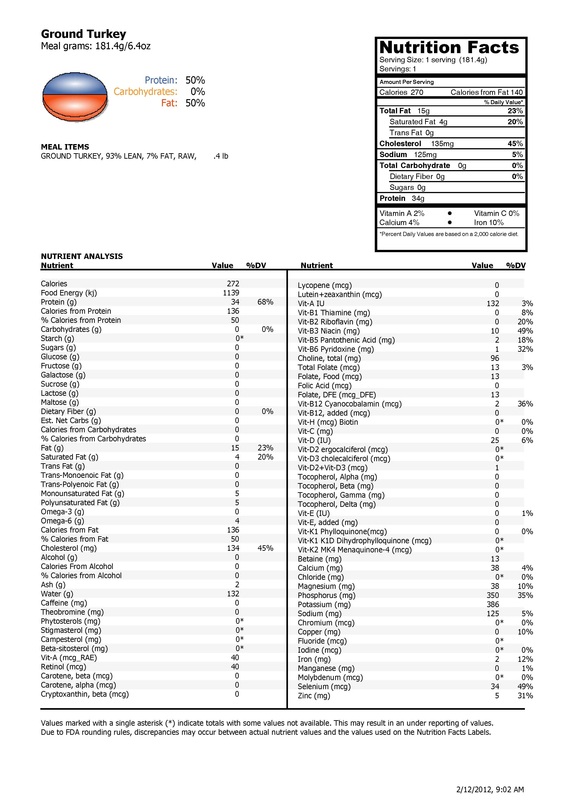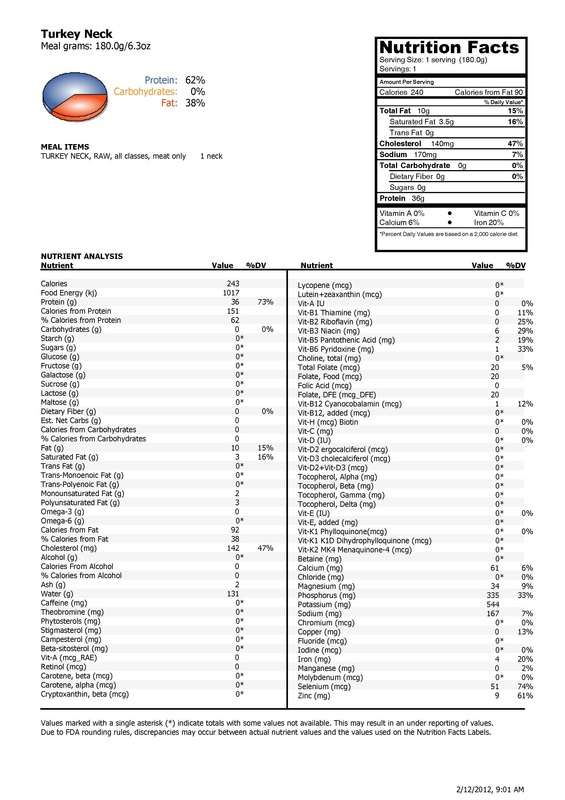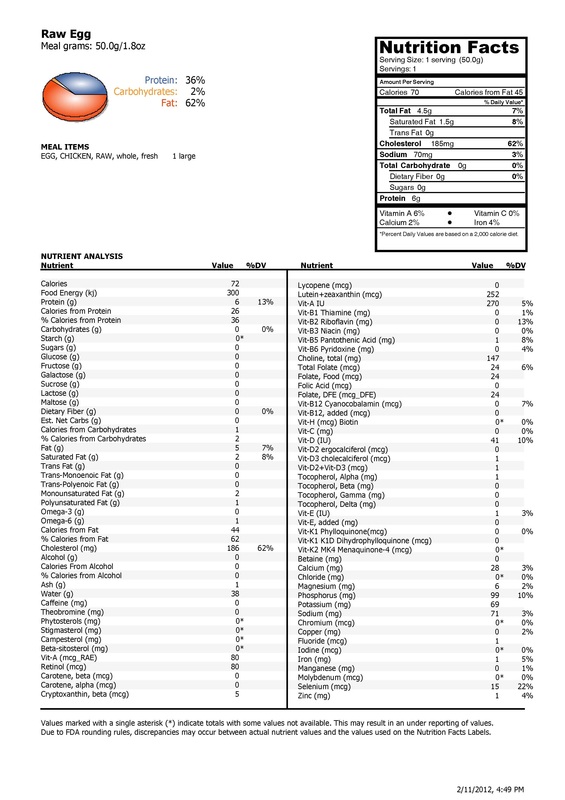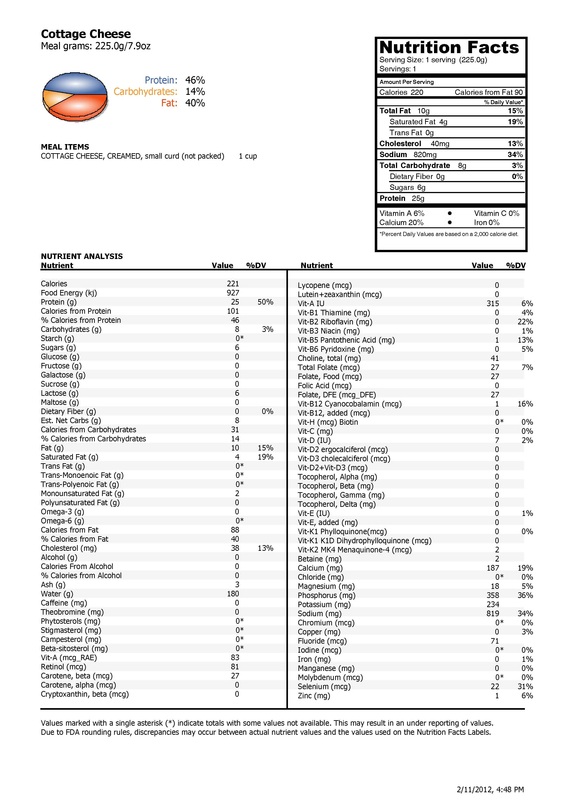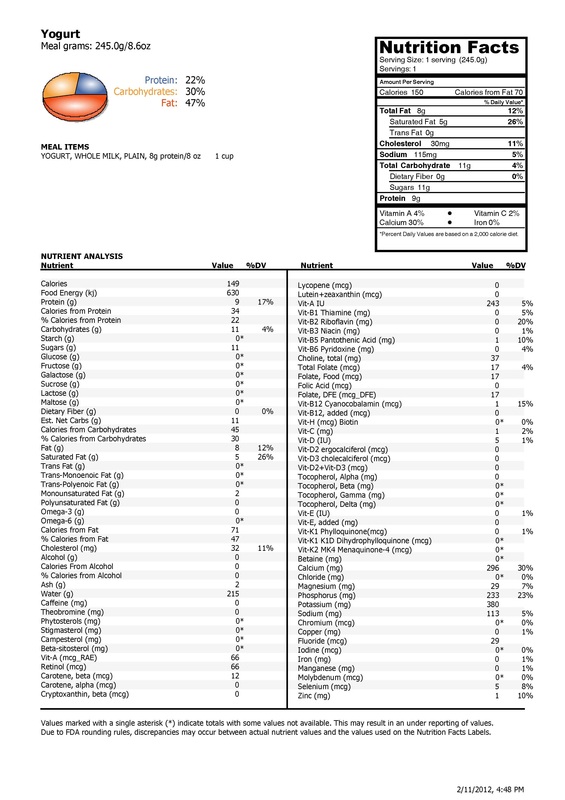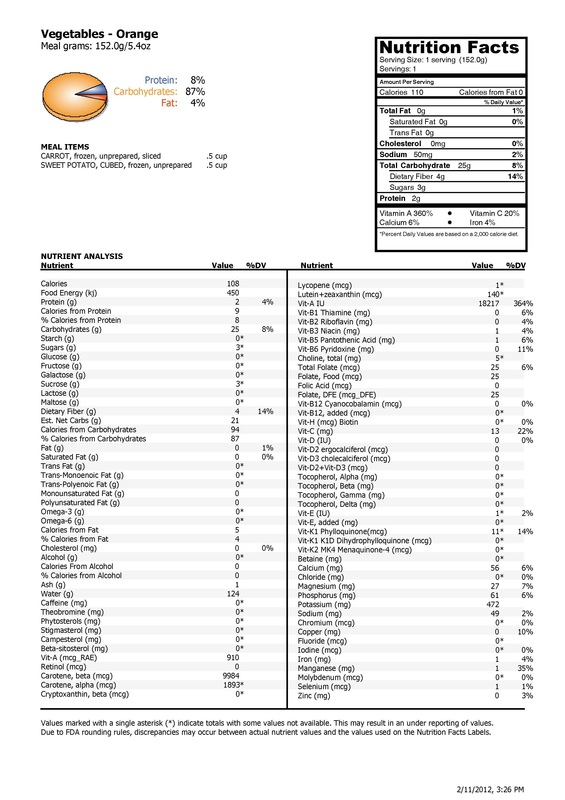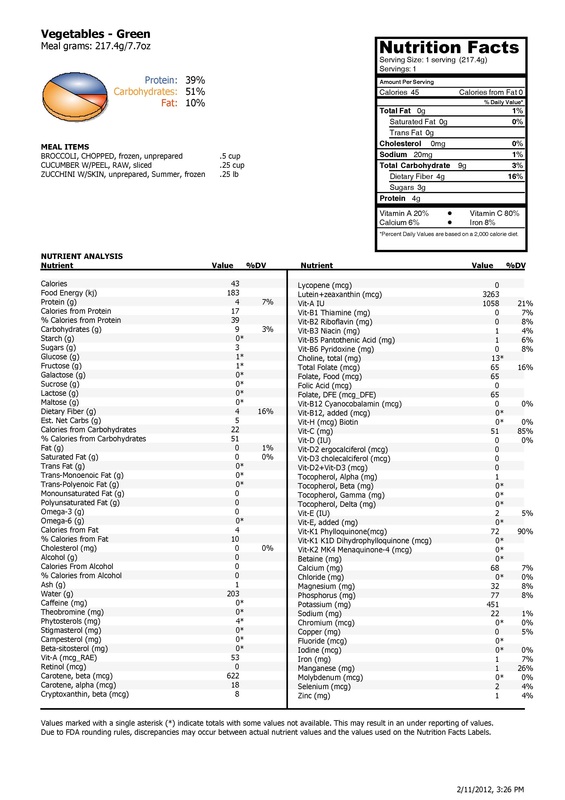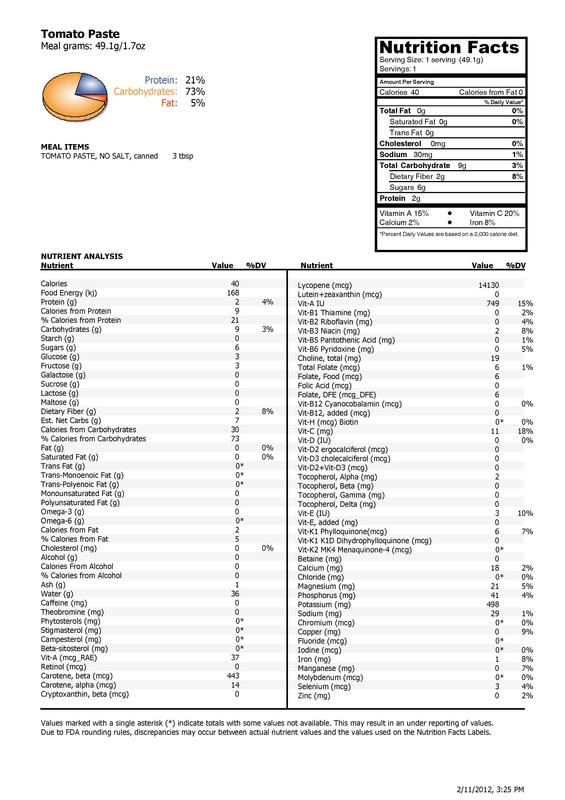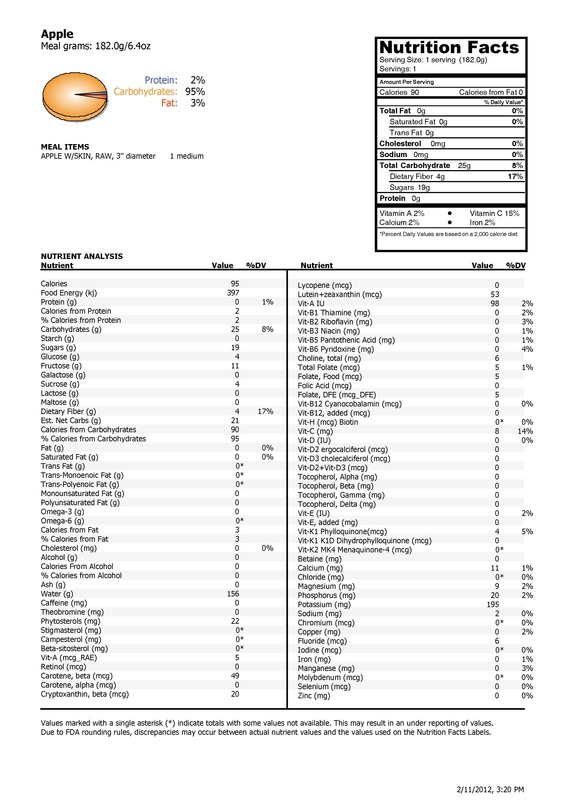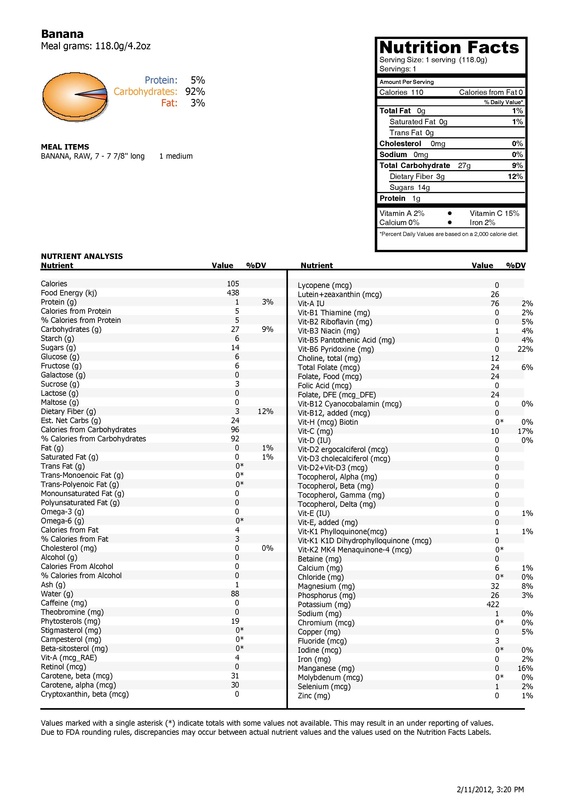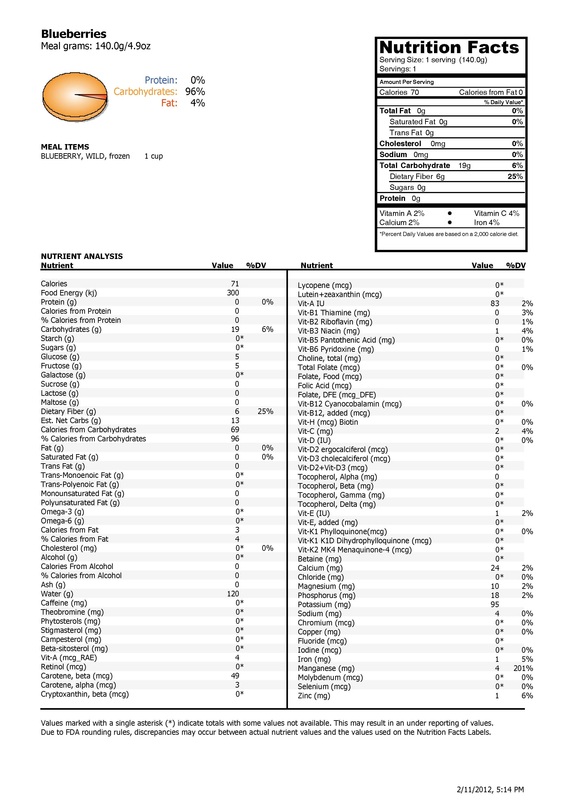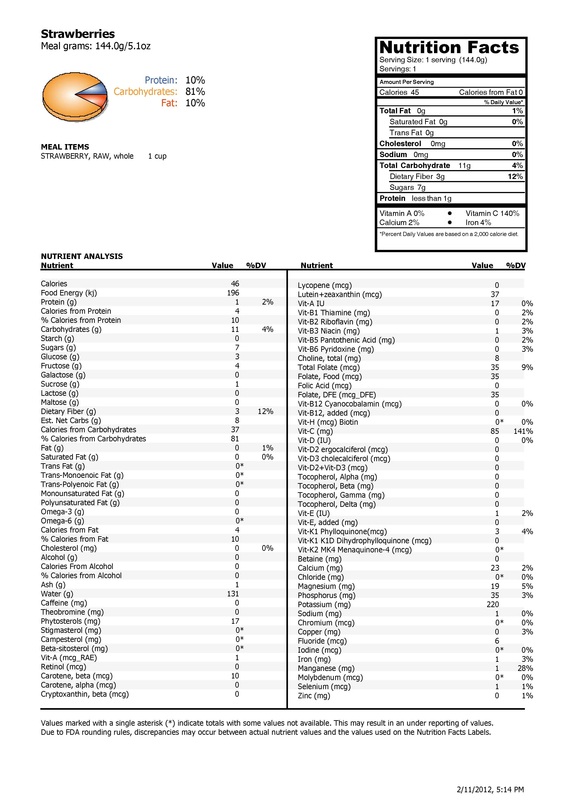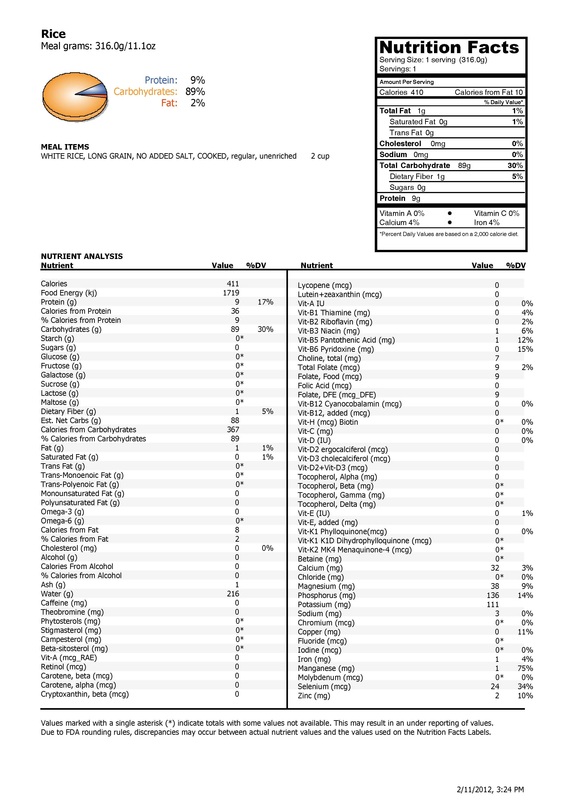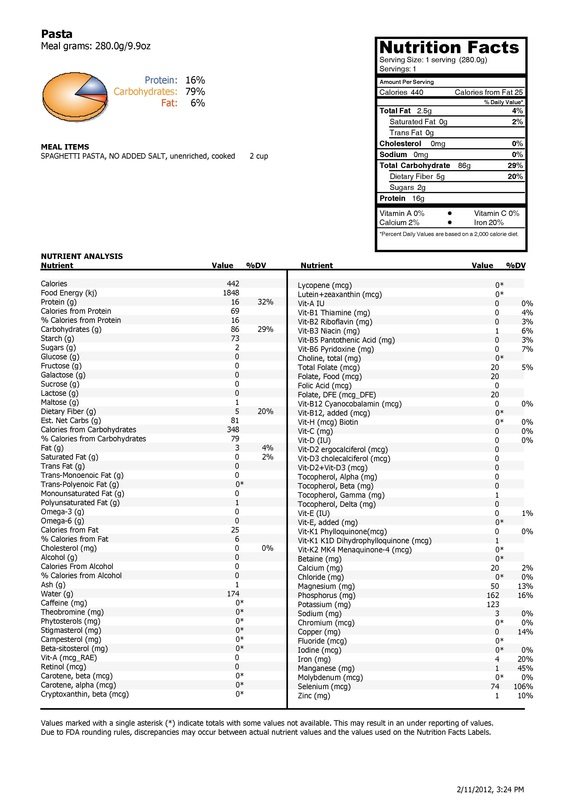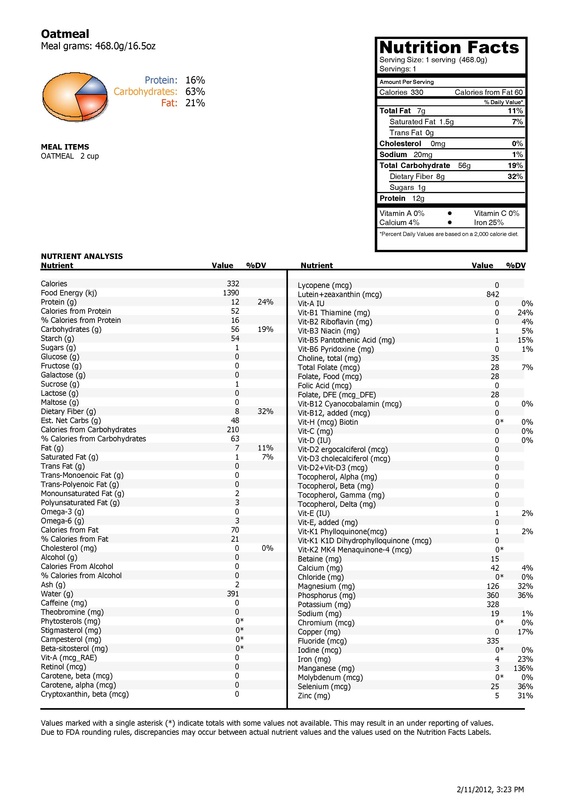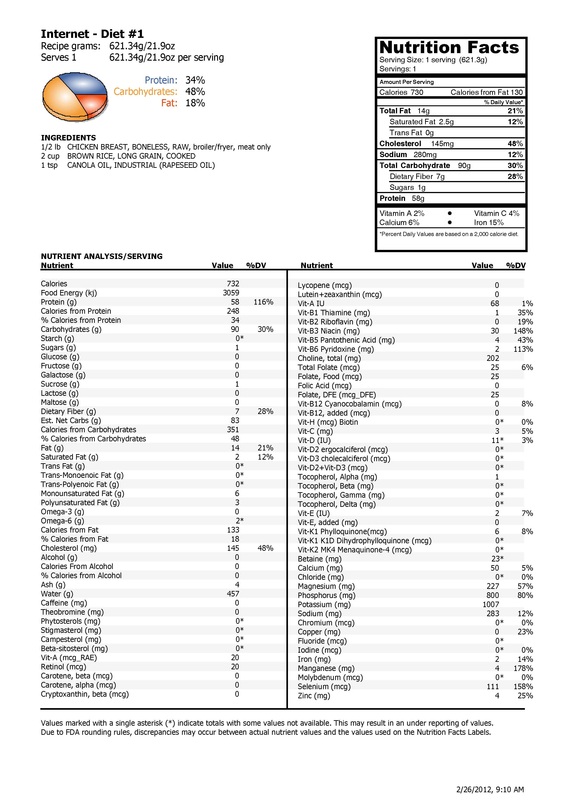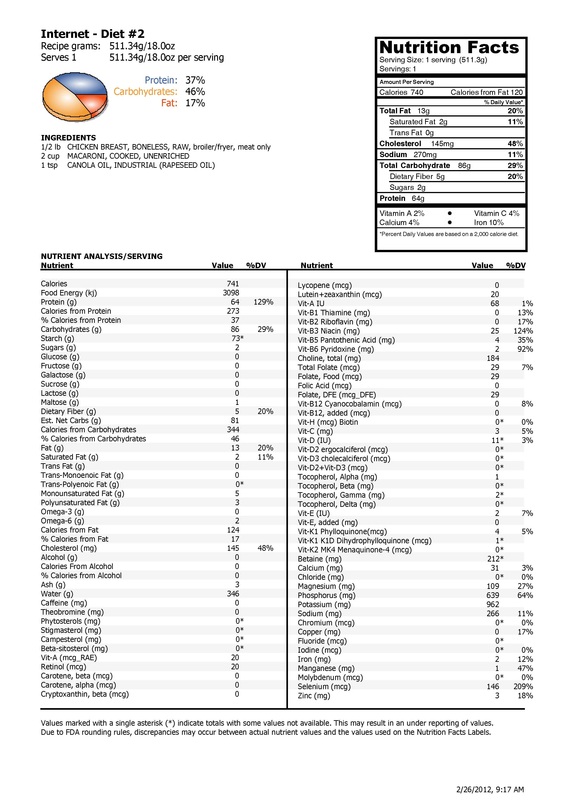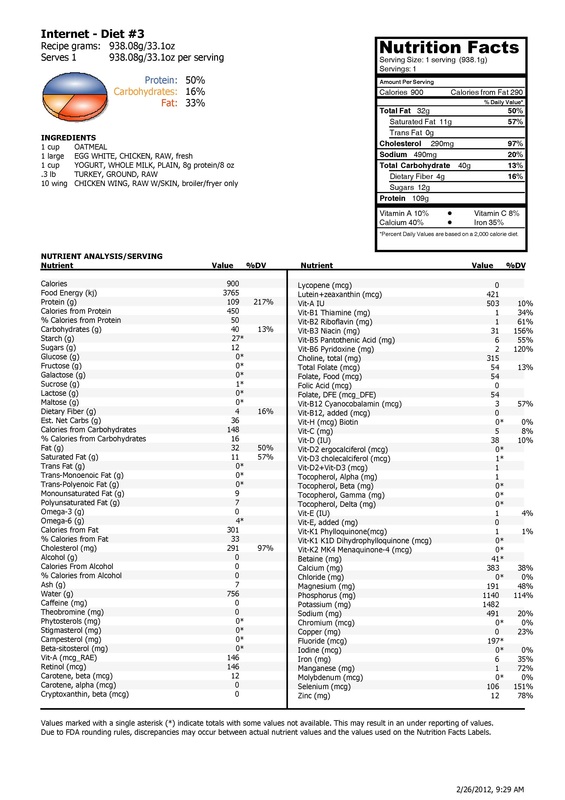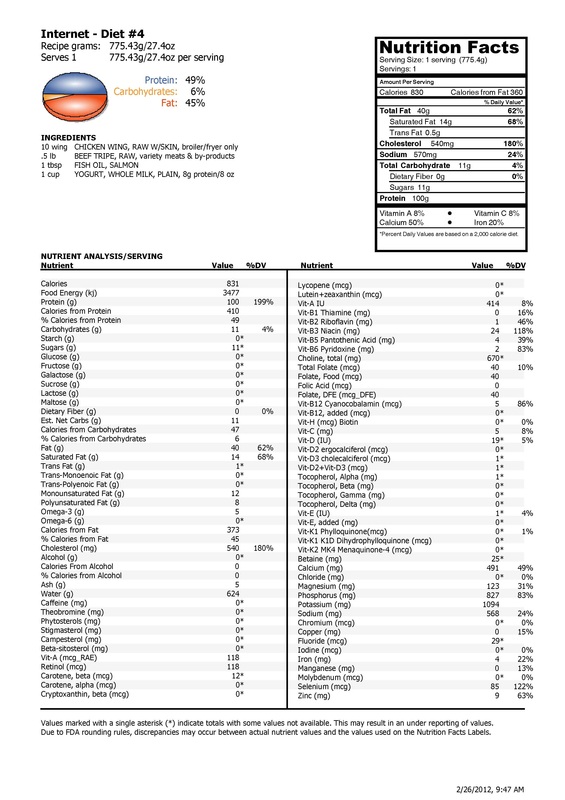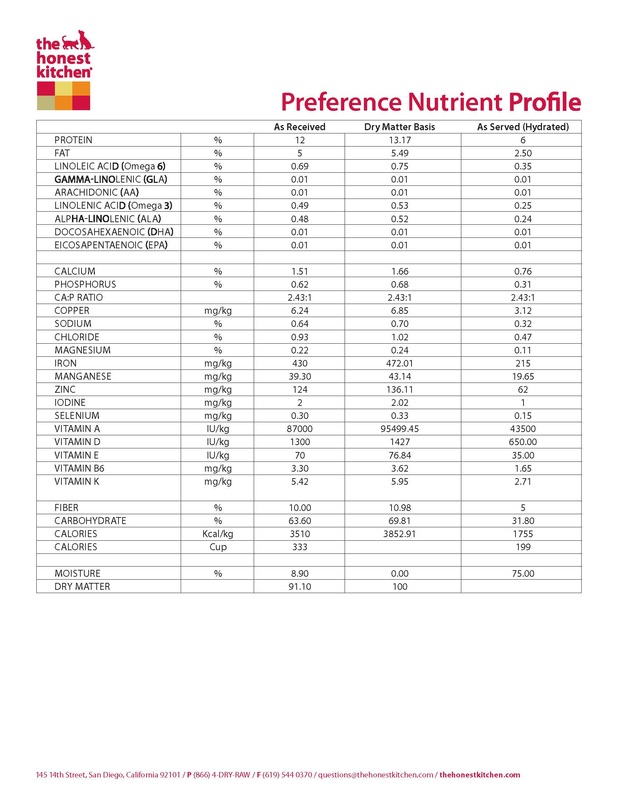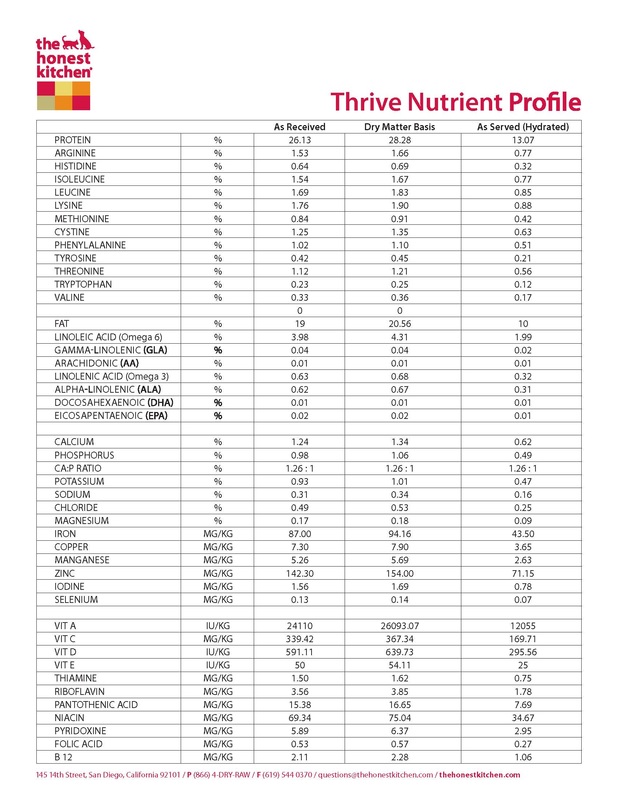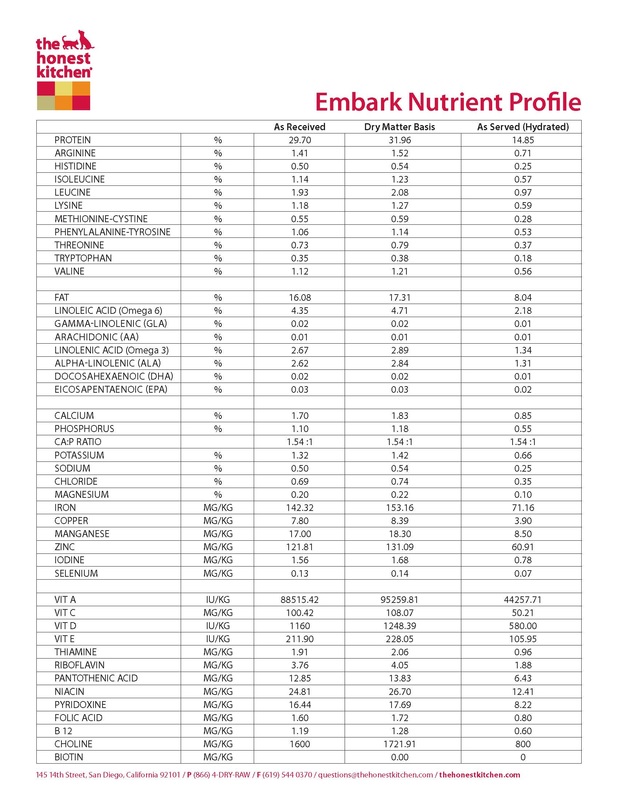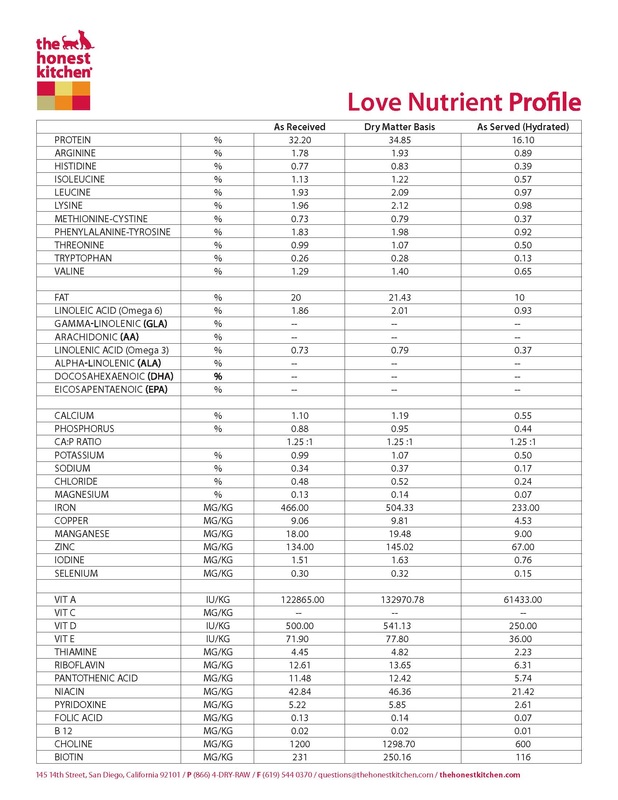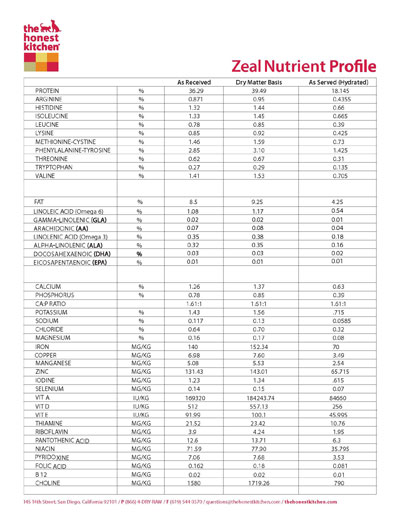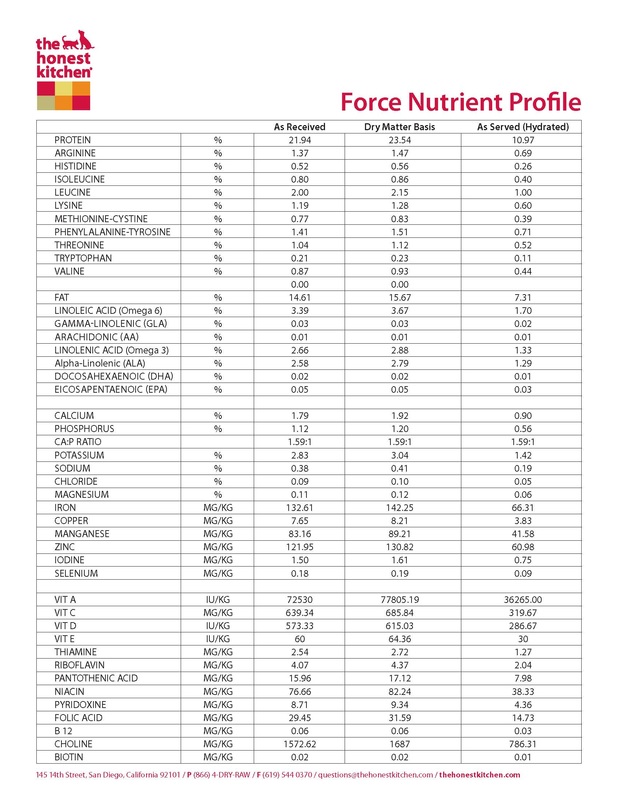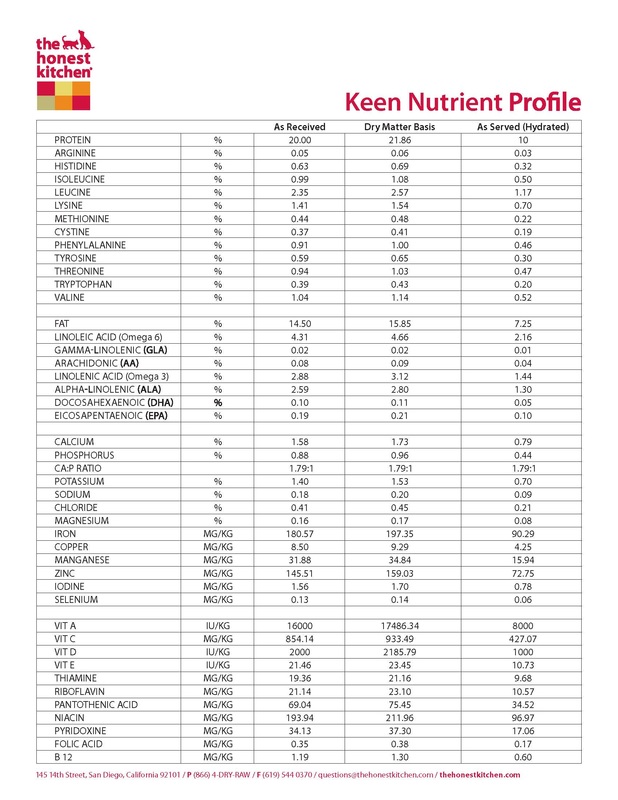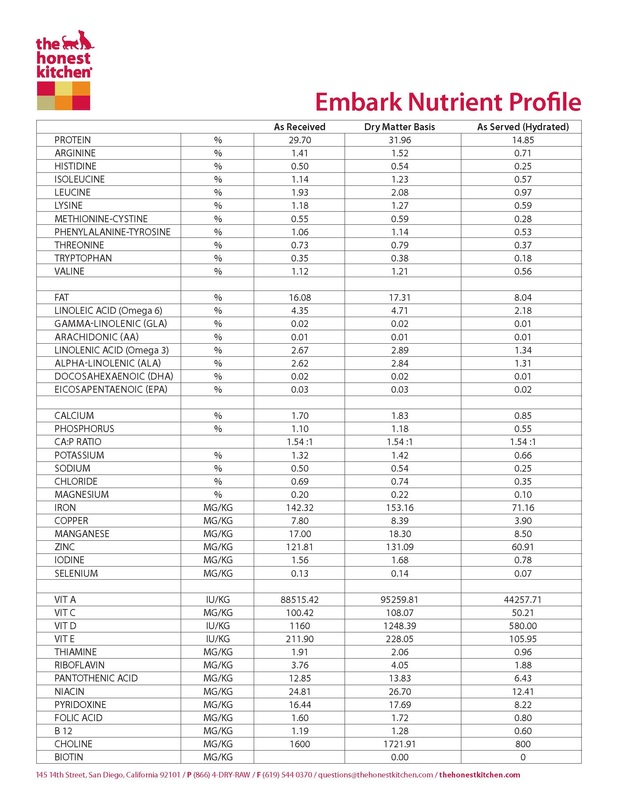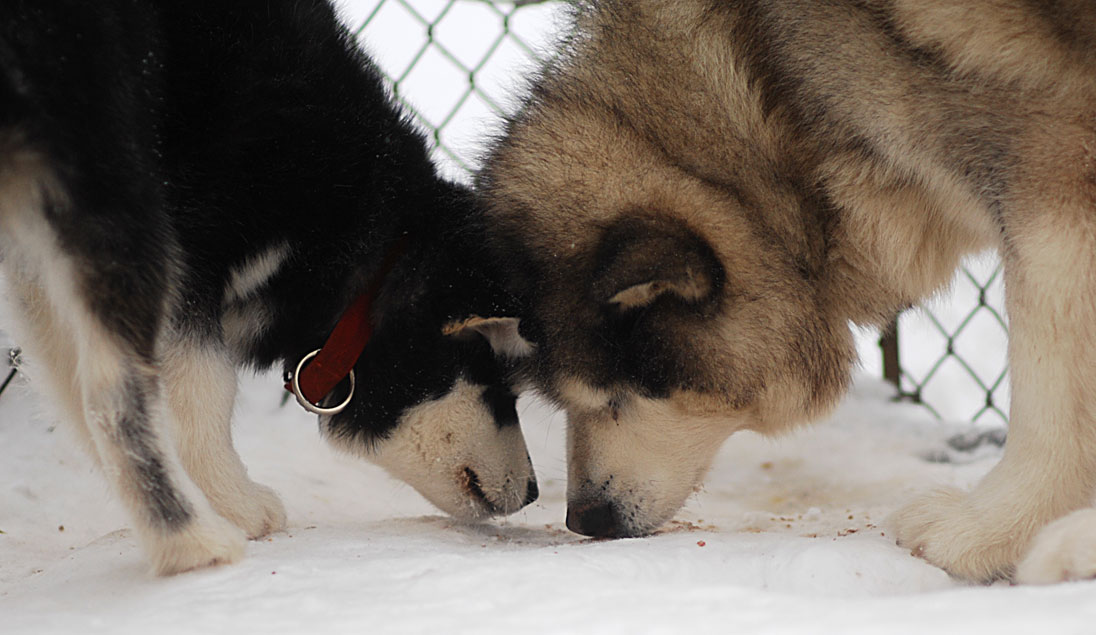Raw food diet for dogs_: Tinker eating a whole mackerel, more of a prey model diet, I buy by the 30 pound case, a very natural dog food!
_Best Dog Food for Alaskan Malamute: Raw dog food recipes ...
|
|
|
_Natural, healthy Malamute food: I wouldn't suggest this with temperamentally-unsound dogs - but mine are just fine! :)
Alaskan Malamute Food, Diet, Nutrition: Natural dog food, raw diet for dogs ...
*Note: Someone Emailed and asked if this is adequate for a cat. It is not even remotely close to what a cat needs!*
|
While it would be nice if there was an 'Alaskan Malamute feeding guide', there isn't. Not that you can't make your own 'Alaskan Malamute feeding chart'. But, what to feed an Alaskan Malamute ... As for 'natural dog food,' I'm not going to go into RAW / BARF versus kibble diet debate for Alaskan Malamutes, or even dogs, etc or the value of any one ingredient over another ingredient. As I've said elsewhere, I have no interest in working commercially in anything to do with 'dogs' - none! However, since lots of people are interested in dogs, this page will give you a different perspective on RAW versus kibble. There is great kibble which work as great malamute food. The best food for Alaskan Malamute is the one which keeps the dog healthy and happy!
In both Canada and the USA, there exists a trend toward a raw or natural or 'BARF' - (Biologically Appropriate Real Food or also Bones And Raw Food) diet for dogs, a term coined in 1993 from the publishing of a book, "Give your dog a bone," by Ian Billinghurst. By the end of the 1999, and coinciding with a massive explosion of Internet use, raw diets for dogs, instead of kibble, became more popular, and its popularity continues, today. I use raw and a commercial, dehydrated raw dog food for traveling. Alternatively, the Prey Model Diet uses entire foods (a bunny, a fish, mice, etc - THE ENTIRE BODY of the food item - and most people cannot do it due to cost, availability of items, etc. When I use an entire fish for the dogs dinner, for example, that is a prey model diet. However a diet of only fish would make any dog sick, eventually. If you are interested in acquiring an education into 'dog nutrition' - and quite a few other topics - I have taken several courses from E-Training for Dogs, including ones from their Fitness and Nutrition Diploma - a very, very well-organized institute with many different courses relative to canines (and some equine) subjects. Dr Ava Frick, DVM teaches the canine nutritional courses and you can read more about her holistic veterinarian rehabilitation practice and animal nutrition and physical services. I've also taken some university, college and other online courses in animal nutrition, and other, areas. Activities that consume energy, beyond 'housepet' life fall into one of three categories; sprint, intermediate, and endurance. Each activity requires very different diets. Sprint includes activities less than two minutes in duration (ie rally, agility, things where 'bursts' of energy are needed). The best dog food for malamutes KEEPS them working in these activities! Intermediate, upward of an hour (scooter/sled ride of a few miles, brisk walk, with a small amount of weight, tracking). Endurance is usually reserved for high-end sled dogs, rescue dogs and other activities involving hours of movement, load, etc (some extreme 'pack walks' could also be this category). The point is, that each activity requires very different diets - along with the diet appropriate for 'house pet'. What to feed an Alaskan Malamute is dependent on many things - owner choice, dog, health concerns and availability of either kibble or raw ingredients. Historic Alaskan Malamute dog food was mainly fish, heavy in oil, and seal, caribou and small animals, so the dogs were fed a raw diet. A sick dog should not have its diet 'fiddled with' unless you have access to someone who knows some of the problems that can occur with various illnesses, medications ... and with the addition of 'too much of a good thing' ... also be aware of 'canine nutritionists' you might find on the Internet. ANYONE can call themselves that and it is a worthless, self-made title without any credibility. Go see a Nutritional DVM if you want 'real.' Good quality kibble - healthy dog food, natural dog foods and holistic dog foods, etc - are substantially unregulated in Canada - many Alaskan Malamute breeders feed include Purina, Arcana, NRG, for example. Generally, anything more than $60 a bag. Cost, however, does not dictate quality - and you should become familiar with what ingredients are, as listed on the bag. On average, Alaskan Malamutes (or any northern breed) can have higher dietary requirements for zinc and for EFAs (fish oil), and my 'home brew diet' reflects that. The best food for malamutes includes high fat, if working, along with proteins, etc. So, the best dog food for malamute is going to take a bit of research, maybe some planning, and, if you decide to 'make' your own, a lot of work. |
Variety of Videos and Links:
Great Video on Understanding Pet Food Labels (science-based): http://smartsiteclient.com/mmi/mmi.html Canine Nutrition: An Introduction (science-based) Video: https://connect.extension.iastate.edu/p81ygar3om5/ Pet Food Ingredients (science-based) Video: https://connect.extension.iastate.edu/p2vuympyevm/ Raw Diets (science-based) Video: https://connect.extension.iastate.edu/p1q166izqb4/ Check the reviews on your kibble (non-science based) Link: http://www.dogfoodanalysis.com/dog_food_reviews/ Food Analysis, Reviews (non-science based) Link: http://www.dogfoodadvisor.com/ Reviews, Recalls, Articles (non-science based) Link: http://truthaboutpetfood2.com/ Obesity Management (science-based) Video: https://connect.extension.iastate.edu/p8nxmpmboaq/ The Best and Worst Foods for Your Pet http://www.youtube.com/watch?v=I5ZeNLUEHKY&feature=youtu.be The Quality of Pet Food Ingredients (Part 1 of 2) http://www.youtube.com/watch?v=aTWHxvjI_as&feature=youtu.be The Quality of Pet Food Ingredients (Part 2 of 2) http://www.youtube.com/watch?v=zdDPi-1Yjy0&feature=youtu.be A legitimate nutritionist is a DVM and DACVN (Diplomate of the American College of Veterinary Nutrition) after their name (and advanced training). You can find the requirements to become an animal and canine nutritionist here. Unfortunately, it's an unregulated industry. Here is the list of most basic RAW foods and ingredients I am using for my dogs RAW diet, mainly for the benefit of anyone who is curious. I will maybe add raw dog food recipes, other raw ingredients when I have the time. Meat and Fish products - chicken, bone in, and ground - chicken gizzard, chicken liver, and chicken heart - ground beef, steak - beef liver, beef heart, and tripe - whole mackerel, sardine, tuna, and raw oyster, mussels Milk and egg products - fresh yogurt, cheese, cottage cheese, raw egg Vegetables, Fruits - pureed carrot, squash, sweet potato, cucumber, broccoli, peas, zucchini - apple, banana, strawberries, raspberries, and blueberries Occasional Supplements used in raw diets for dogs (only if the diet is deficient, usually seasonally, too) - brewers and nutritional yeast, kelp, cod liver oil, wheat germ oil, salmon oil, and various other oils, zinc |
Various Costs with raw diet items (per my 90 - 94 pound active dogs)
* NOT a commercial raw diet.
|
Beef Mix
1.50 cents per pound 2 pound per week |
Frozen Mackerel
$1.25 per pound 1 pound per week |
Frozen Raw Chicken
$0.40 cents per pound 7 pound per week |
Frozen Raw Salmon
$1.25 per pound 1 pound per week |
Oatmeal (Cooked)
$.50 pound (dry weight) 1 pound per week |
|
Pasta (Cooked)
$.50 cents per pound 1 pound per week |
Beef Liver / Heart
$2 per pound
1 pound per week |
Ground Veggies
$1 per pound
1 pound per week |
It's about $10 - $12 per week to feed the above, per 90 pound dog ($30 - $35 for 3 dogs, per week)...
Range of meals, other items, from above = under $50 /week for my five dogs
Various Costs with kibble diets brands. (per my 90 - 94 pound active dogs)
* Pet grade foods, not for human use. Commercial, incl tax.
|
40 pound bag good-quality kibble ($85 incl tax) - 90 cups
.94 cents per cup $6.58 (7 cups per day, dog) 3 dogs = $19.74 per day 7 days = $138.17 per week |
25 pound bag high-end kibble ($70 incl tax) - 55 cups
$1.27 per cup $6.35 (5 cups per day, dog) 3 dogs = $19.05 per day 7 days = $133.35 per week |
30 pound bag high-end kibble
($100 incl tax) - 65 cups $1.53 per cup $7.65 (4 cups per day, dog) 3 dogs = $18.36 per day 7 days = $128.52 per week |
Commercial raw mix
$4 per pound $5 per meal (X2, per dog) $10 (per day, dog) 3 dogs = $30.00 per day 7 days = $210 per week |
The higher the quality of kibble, the LESS you will use and, thus, save, in cost. Price is not an indicator, amount of food required by dog, is. That said, if the bag says a 100 pound dog REQUIRES 7 cups, then you MUST USE 7 CUPS or you've depleted the nutrition that the 7 cups would have had.
Nutrient Requirements for BARF Recipes for dogs
_Each of the following graphics link to a larger image of the nutritional analysis of that item from the USDA database (I use another program to import the 'ugly' USDA data and then make them 'pretty' and in a readable format. Most of the Daily % (percentage) numbers are in human terms, although the 'value' column is accurate, for both, since it is the value of the food item, and has nothing to do with dogs or humans. I have all of the 'dog values' (as dogs have different requirements for vitamins and minerals than humans. Most of the nutrient requirements listed on bags of food, the Internet, etc are are generally MINIMUM requirements and NOT optimum requirements. What I use is in both spreadsheet and in book form, mainly from 'Small Animal Clinical Nutrition' and 'National Research Council: Nutrient Requirements of Dogs and Cats'. I use the USDA food database, along with nutritiondata.self.com in addition to being an associate member of the American Academy of Veterinary Nutrition and so that I have access to good-quality, science- and fact-based information, along with several DVM Nutritional Vets. I also keep on hand a large number of past and current academic and scientific studies from various academic publications. I avoid the type of books you would find in the bookstore on the general 'pet shelf' and avoid most of what you can find on the Internet if you do a general search from a search engine. I also have access into several DVM publication libraries, due to having access to a huge number of databases (related and unrelated) because I work as an educator, and take advantage of that access.
Nutrient requirements for Alaskan Malamutes, dogs, using BARF or raw
|
_The image to the right, has the nutrient, mineral and amino acid values, etc required
for Ms Ook. They are not raw food specific; they are dog specific - and cover dogs on kibble or raw diets though normally you would only use it for a diet for which you were unsure of the nutritional value. Each dog is different, since each is a
different age, level of activity, neutered or intact, etc. You
cannot 'use' the numbers for one 85 pound dog and expect them to
be correct for ALL 85 pound dogs. If you look at the nutrition sheets
below this they translate to human values. I've custom-made translations for my dogs, with dog values, but didn't post them. I don't really want someone trying to 'make' a diet from the information.
If you look at the numbers for zinc (first at requirements and then to the nutrient values of zinc for the foods), you can see it is very difficult to get enough zinc into dogs (but possible) from natural food sources. The requirement for zinc is higher in dogs, than it is in humans. The below 'human' charts are based on a 2000 calorie diet, per day. The dog I ran the chart off for, also has a 2000 calorie diet, per day - and needs double the zinc of a human. Just looking at coat, a dog is covered in fur - a human is not - and that, alone, increases need for things like zinc. Yellow indicates daily requirement, while the middle (pale yellow) column indicates 'minimum' and red is the safe upper limit. Some vitamins and minerals are toxic or cause various ailments if taken long term or at high doses. While it is difficult to do this with a normal 'food' diet, it is EASY to get into toxic ranges with supplements. Zinc interacts negatively with several minerals and a deficiency can occur based on feeding things like calcium or zinc together. Unfortunately, nutritional deficiencies can take years to actually show and many dogs either die of 'other things' or 'unknown things' early and without diagnosis, to know that nutritional imbalances were the problem. If you are not willing to put together the numbers accurately, and have them checked by someone who understands them, to do a raw food diet for your dog, I would suggest finding a good quality kibble, instead. Be aware too, that if the kibble says 'five cups a day' for YOUR dogs weight, and you use three, the dog is MISSING the nutrition from the missing two cups of food, whether his weight is right, or not. |
How to determine your dogs nutritional requirements:
1. Calculate your dogs actual calorie, mineral, vitamin requirements. 2. Source and cost available foods in database required to make diet. 3. Ensure numerical amounts meet the required nutritional amounts. 4. Purchase supplements to amend deficiencies, negative interactions. 5. Increase or decrease items for disease - thyroid, cancer, diabetes. 6. Run CBC, Urinalysis, biochemistry panel before diet is begun, and about two months after diet started. 7. Adjust diet based on results. 8. Run CBC, Urinalyses, biochemistry panel every 6 - 8 months after. 9. Recalculate diet EVERY time there is a change - sickness, disease, injury, climate changes, lack and excess of exercise - very, very important! 10. Be highly skeptical of those who comment 'RAW is EASY'. |
General Rules for Barf, Raw diets for dog, including Alaskan Malamutes ...
1. The Internet is an open public forum and anyone can say anything, regardless of its validity, truth or accuracy.
2. Doing what 'works for you' (a common comment with raw diets), might make your dog very sick, or kill it.
3. Natural bone has 10 carbons of calcium, to 6 of phosphorus. An imbalance will create problems. Many RAW diets are VERY high on phosphorus.
4. Much of our tradition in dogs, is based orally - you told me, I tell someone else, and the knowledge is passed on - with mistakes and inaccuracies.
5. Too much diversity (leads to excesses in some values) in diet items is just as bad as too little diversity (leads to deficiencies in some values).
6. PubMed is a credible source and DOES have studies on RAW diets, wolf diets, kibble diets and hundreds of studies on nutrition for dogs.
7. A legitimate 'canine nutritionist' (they actually have training in multiple species, never just one) is both a vet (DVM) and DACVN - Diplomate, American College of Veterinary Nutrition but unfortunately, ANYONE can call themselves 'canine nutritionist' - as it is completely unregulated in Canada and the United States. Buyer beware!
8. Improper diet can cause skeletal deformations, broken bones, eye sight problems, seizures, and organ failure. It happens frequently.
9. Certain items really are TOXIC to dogs; others are not. The same item can frequently be found in BOTH lists. Use accurate information.
10. Cheap items used in diets lack nutrition, long term. Too bad your dogs diabetes won't show up until they are seven and was caused by diet.
11. BARF / RAW has been building in the 'mainstream' for about 20 years - coinciding with the more major rise in popularity of the Internet. Those interested in raw diets for dogs found the Internet a fast way to spread, and receive, information (the term 'BARF' was coined in 1993 with the publishing of a book on the subject) while the first major increase in Internet users rose around 1995).
12. By NOT doing CBC, blood, urine and electrolyte panels regularly, you have NO idea if the diet is 'ok' - or is slowly killing the dog.
13. Shiny coats and teeth are only TWO things - a diet high in chicken fat SHOULD lead to a 'shiny coat' but has LITTLE to do with the remaining dog.
14. Kibble manufacturers make a product to make money. MANY are pretty good while SOME are less than stellar. Learn to read a label.
15. ONLY a prey model diet comes close to be 'nutritionally complete', has the right balance of carbohydrates (stomach content), protein and fat. And only if the 'right' animals are used. Even then, feeding the same item, daily, would absolutely lead to deficiencies and imbalances. Most people are not willing to hand over an entire small animal to their pet to munch up for dinner on their kitchen floor - and so the BARF / RAW food diets tend to be more appealing and widely-used.
2. Doing what 'works for you' (a common comment with raw diets), might make your dog very sick, or kill it.
3. Natural bone has 10 carbons of calcium, to 6 of phosphorus. An imbalance will create problems. Many RAW diets are VERY high on phosphorus.
4. Much of our tradition in dogs, is based orally - you told me, I tell someone else, and the knowledge is passed on - with mistakes and inaccuracies.
5. Too much diversity (leads to excesses in some values) in diet items is just as bad as too little diversity (leads to deficiencies in some values).
6. PubMed is a credible source and DOES have studies on RAW diets, wolf diets, kibble diets and hundreds of studies on nutrition for dogs.
7. A legitimate 'canine nutritionist' (they actually have training in multiple species, never just one) is both a vet (DVM) and DACVN - Diplomate, American College of Veterinary Nutrition but unfortunately, ANYONE can call themselves 'canine nutritionist' - as it is completely unregulated in Canada and the United States. Buyer beware!
8. Improper diet can cause skeletal deformations, broken bones, eye sight problems, seizures, and organ failure. It happens frequently.
9. Certain items really are TOXIC to dogs; others are not. The same item can frequently be found in BOTH lists. Use accurate information.
10. Cheap items used in diets lack nutrition, long term. Too bad your dogs diabetes won't show up until they are seven and was caused by diet.
11. BARF / RAW has been building in the 'mainstream' for about 20 years - coinciding with the more major rise in popularity of the Internet. Those interested in raw diets for dogs found the Internet a fast way to spread, and receive, information (the term 'BARF' was coined in 1993 with the publishing of a book on the subject) while the first major increase in Internet users rose around 1995).
12. By NOT doing CBC, blood, urine and electrolyte panels regularly, you have NO idea if the diet is 'ok' - or is slowly killing the dog.
13. Shiny coats and teeth are only TWO things - a diet high in chicken fat SHOULD lead to a 'shiny coat' but has LITTLE to do with the remaining dog.
14. Kibble manufacturers make a product to make money. MANY are pretty good while SOME are less than stellar. Learn to read a label.
15. ONLY a prey model diet comes close to be 'nutritionally complete', has the right balance of carbohydrates (stomach content), protein and fat. And only if the 'right' animals are used. Even then, feeding the same item, daily, would absolutely lead to deficiencies and imbalances. Most people are not willing to hand over an entire small animal to their pet to munch up for dinner on their kitchen floor - and so the BARF / RAW food diets tend to be more appealing and widely-used.
Raw Fish RAW / BARF Nutritional Information
Raw Beef BARF / RAW Nutritional Information
Raw Poultry RAW / BARF Nutritional Information (chicken, turkey)
Milk, Cheese and Egg BARF / RAW Nutritional Information
Raw Vegetables RAW / BARF Nutritional Information
Raw Fruit BARF / RAW Nutritional Information
Breads and Pasta BARF / RAW Nutritional Information
Poor-Quality RAW Diets, Recipes from Internet (click graphic to expand):
In each of the above diets, you can clearly see the deficiencies and the excesses by just comparing these diets to the chart I made for Ooky, at the top of the page. Calcium, Vitamins, minerals, EFA unbalanced, excessive, deficient - or missing (remember, the %DV is for a human - and MANY are actually quite a bit more, for a dog - these diets are really, really nutritionally deficient). All of these recipes came directly from the Internet, from sites teaching people what to use for a BARF / RAW diet. None actually referenced the weight, size, or activity level of the dog being fed. Given the caloric amounts, it would either be one meal for a dog close to Ooky's size (likely around 75 pounds though) or two meals, each, for a dog less than half of Ooky's size (which is only a guess since the sites FAILED to mention this extremely important information). A dog this size SHOULD HAVE about 28 mg of zinc per day; 2000 mg of calcium per day. Nearly 3000 IU of Vitamin A (there is a very wide margin of 'excess' too on this particular Vitamin). Copper, among many others, is also very low. I didn't post the amino acids, however, they, too, are very, very deficient in these diets. All of these were daily staple diets, with variations (more chicken) of the 'raw wings' for the raw meaty bones. One also mentioned a teaspoon of vegetable pulp, per day, consisting of ten vegetables. Not much nutrition comes from a teaspoon of any single vegetable, let alone 10 mashed up together to make a teaspoon.
Several do mention supplements, however the amounts to supplement, do not in any way co-relate to what was actually required. One of these diets was strictly for a puppy. It was grossly inadequate for a dog, let alone a puppy. In one case the calorie counts are wrong (by several hundred calories) when actually tabulated. The others tracked as per the original though, so clearly the USDA site or its information was used to formulate them. Some are excessive protein, carbohydrates, or fats - others reversed. There is nothing wrong with supplements - if you can't find the items to make up a good whole food diet. But tossing a Vitamin B pill into a dish, without knowing if, or what, was deficient (while excess Vitamin B was actually there) won't remedy anything. Adding a Calcium tablet, when three were actually needed, won't address the deficiencies - in the long term. MANY nutrient deficiencies / excesses take years to become visible, frequently after disease, has already occurred. Some of these nutrient deficiencies actually CAUSE other, normally-unrelated deficiencies by depleting other minerals, in turn. Shiny coats are a direct result of the usually abundant fat in most RAW diets - but it is not a gauge for the rest of the dog - or the remainder of the diet! Soooooo ... be leery of all these sites that basically are trying to 'sell' you various versions of a RAW diet or some additive to go into it ...
Several do mention supplements, however the amounts to supplement, do not in any way co-relate to what was actually required. One of these diets was strictly for a puppy. It was grossly inadequate for a dog, let alone a puppy. In one case the calorie counts are wrong (by several hundred calories) when actually tabulated. The others tracked as per the original though, so clearly the USDA site or its information was used to formulate them. Some are excessive protein, carbohydrates, or fats - others reversed. There is nothing wrong with supplements - if you can't find the items to make up a good whole food diet. But tossing a Vitamin B pill into a dish, without knowing if, or what, was deficient (while excess Vitamin B was actually there) won't remedy anything. Adding a Calcium tablet, when three were actually needed, won't address the deficiencies - in the long term. MANY nutrient deficiencies / excesses take years to become visible, frequently after disease, has already occurred. Some of these nutrient deficiencies actually CAUSE other, normally-unrelated deficiencies by depleting other minerals, in turn. Shiny coats are a direct result of the usually abundant fat in most RAW diets - but it is not a gauge for the rest of the dog - or the remainder of the diet! Soooooo ... be leery of all these sites that basically are trying to 'sell' you various versions of a RAW diet or some additive to go into it ...
